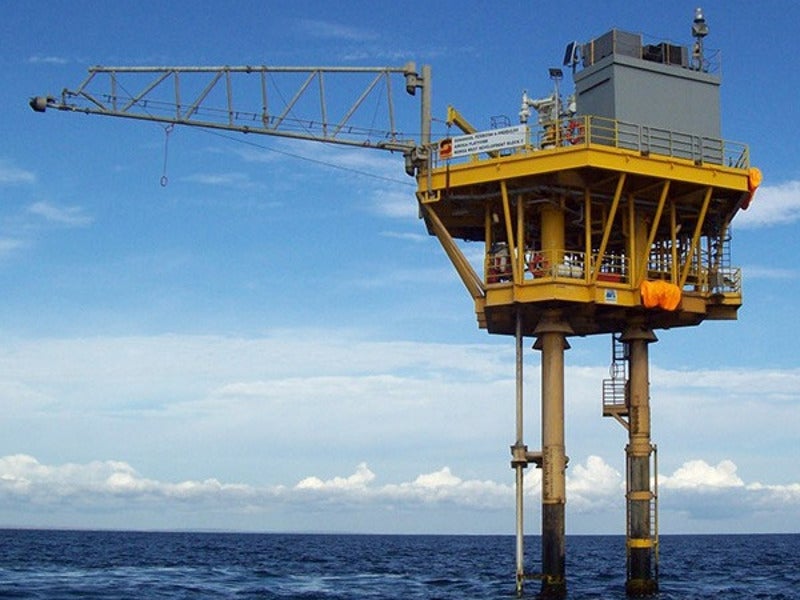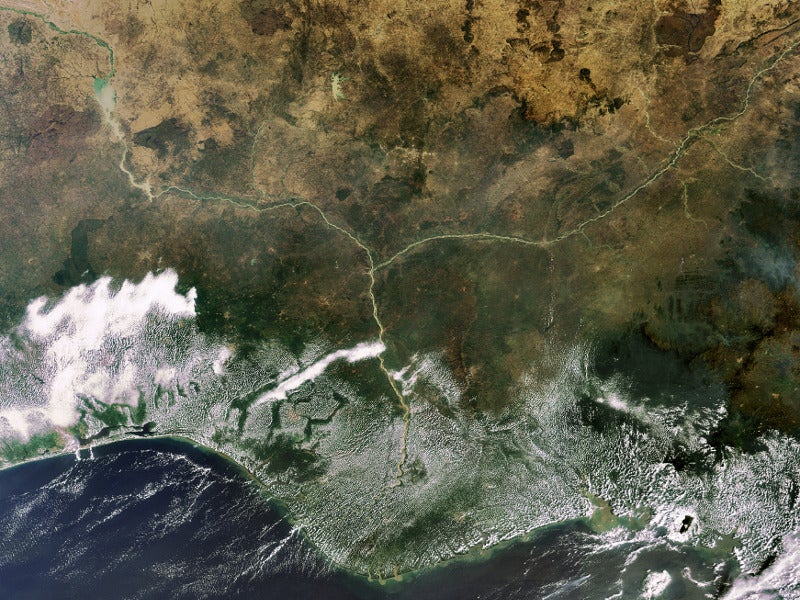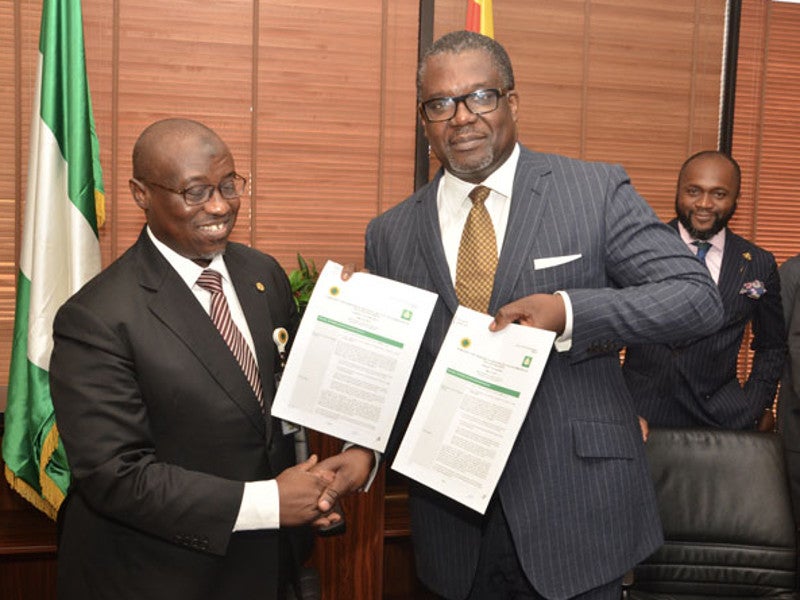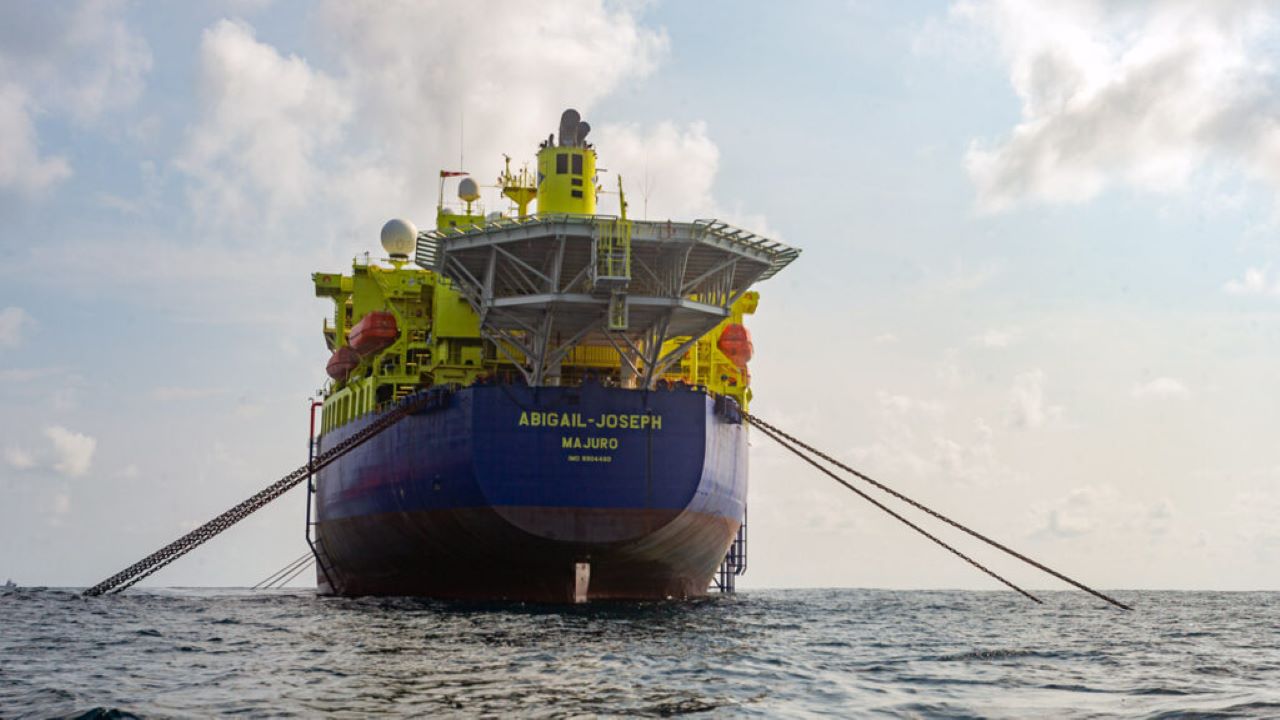The Anyala and Madu fields are located in oil mining leases (OML) 83 and 85 in the shallow waters of the Niger Delta, approximately 40km offshore the Bayelsa State, Nigeria.
FIRST Exploration & Production (FIRST E&P) holds a 40% stake in the leases and is the operator while Nigerian National Petroleum Corporation (NNPC) holds the remaining 60% stake. Chevron Nigeria earlier held 40% interest in the licenses, which was acquired by FIRST E&P in February 2015.
The offshore field development project is being developed in two phases with a combined investment of $1.08bn. The final investment decision on the project was made in July 2018 while the first oil production commenced in October 2020.
Anyala and Madu fields location and geology
The Anyala field lies 23km away from the Madu field in oil mining lease OML 83, covering an area of 125km². It was discovered in 1972 by the Anyala-1 discovery well, which encountered 55m of net pay. The field reservoir is a large anticline structure located in 55m of water.
Located in OML 85, the Madu field covers an area of 521km².
FIRST E&P acquired approximately 900km² of 3D seismic data over both licenses between October 2017 and January 2018.
Anyala and Madu fields reserves
The Anyala and Madu fields are estimated to contain combined reserves of 193 million barrels of oil (MMbbl) and 0.637 trillion cubic feet (Tcf) of gas.
Anyala and Madu phase one development details
The Anyala and Madu fields are developed through four conductor-supported platforms (CSP) and a total of 20 wells. The CSPs are based on Aquaterra Energy’s Sea Swift platform concept, which is a modular system that combines a central well bay module with separate process modules.
The first phase involves the installation of two CSPs, namely the Anyala West CSP at 50.7m of water and Madu at 28.7m of water. Phase 1 involves a total of seven development wells for a joint production through the Abigail-Joseph FPSO.
Produced oil is transported to the spread moored Abigail-Joseph floating, production, storage and offloading (FPSO) vessel installed next to Anyala West CSP for processing. The first export from the FPSO was successfully completed in January 2021.
Phase two field development
Phase two of the project will include the installation of the Anyala East CSP and a gas processing facility at Madu. Oil and gas wells will be drilled from both Anyala East CSP and Anyala West CSP.
A central CSP at Anyala will also be installed in phase two along with interconnecting pipelines, which will transport produced gas to Anyala West CSP.
Subsea infrastructure
The subsea infrastructure at the field includes a 10in diameter, 22km-long export flowline from the Madu CSP to the FPSO. Another 10in diameter, 22km-long gas injection pipeline is installed from the FPSO to the Madu CSP.
Field development also includes the installation of flexible jumpers, electrical cables and fibre optic cables between the Anyala West CSP and the FPSO. Flowlines, power and fibre optic cables are installed between the Madu CSP and the FPSO.
Other subsea infrastructures include flexible risers, rigid risers, two 12in export jumpers and a 6in test jumper.
Contractors involved
NNPC and FIRST E&P signed an agreement with Schlumberger for the development of Anyala and Madu fields in June 2017. Schlumberger is responsible for providing technical services and funding the $724m for the project.
Aquaterra Energy was contracted to design, develop and install two offshore platforms for the project. The scope of work includes design, topsides engineering, procurement, fabrication and logistics.
Yinson Production, a subsidiary of Yinson Holdings, signed a head of terms (HOTS) agreement with FIRST E&P to supply and charter an FPSO for the project.
Ariosh carried out the front-end engineering design (FEED) for field development.
Petroflow Consultants conducted a preliminary hydraulic capacity study including flowline definition to evaluate field development options.
A joint venture (JV) of Integrated Data Services and BGP Multi-Client (BGP) carried out seismic studies in OML 83 and 85. BGP’s Prospector research vessel was used to carry out the studies.





